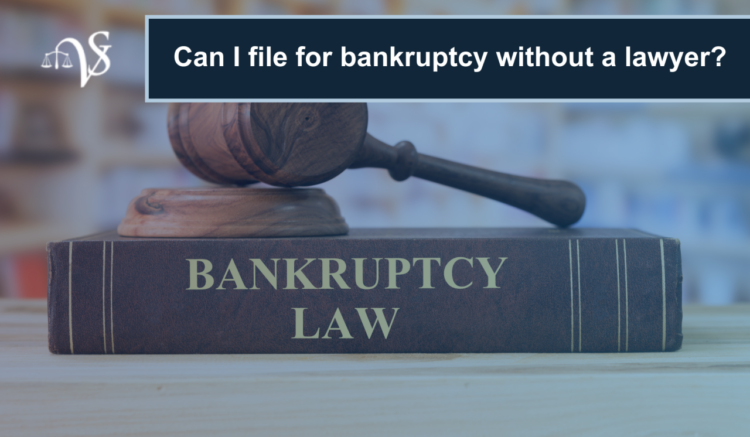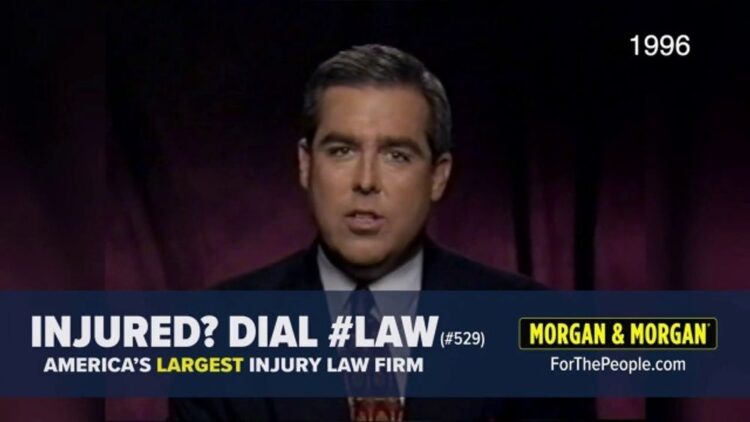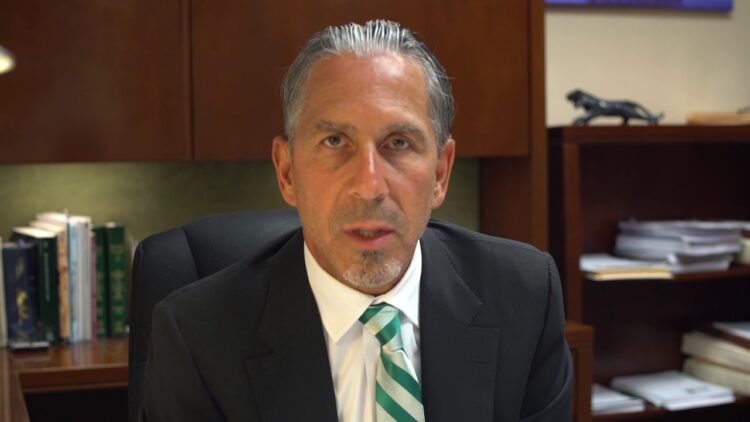
Filing the Bankruptcy Petition
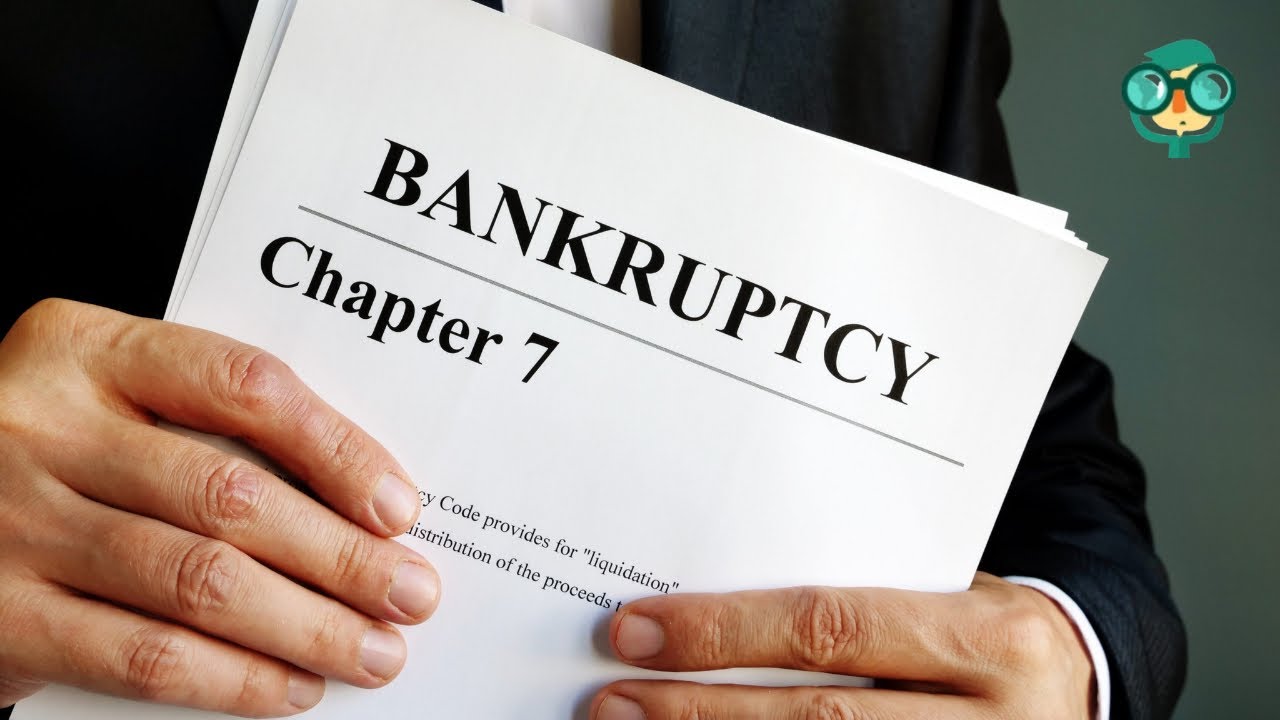
Filing for bankruptcy involves submitting a petition to the bankruptcy court. The petition includes various forms that provide detailed information about your financial situation, including your assets, debts, income, and expenses.
To file the bankruptcy petition, you will need to gather the necessary documents and complete the forms. The forms are available online on the website of the United States Courts or at the bankruptcy court clerk’s office.
Completing the Bankruptcy Forms
The bankruptcy forms are designed to be completed by individuals without the assistance of an attorney. However, it is important to read the instructions carefully and provide accurate and complete information.
- Form B-101: Voluntary Petition for Individuals Filing for Bankruptcy
- Form B-102: Schedules A/B/C/D/E/F
- Form B-103: Statement of Financial Affairs
- Form B-104: Certificate of Credit Counseling
- Form B-105: Statement of Intention
In addition to the forms, you will need to file a filing fee with the bankruptcy court. The filing fee varies depending on the type of bankruptcy you are filing and your income.
Submitting the Bankruptcy Petition
Once you have completed the bankruptcy forms, you will need to submit them to the bankruptcy court clerk’s office. You can do this in person, by mail, or electronically.
If you file in person, you will need to bring the original and one copy of the completed forms. The clerk will review the forms and, if everything is in order, will file the petition with the court.
If you file by mail, you will need to send the original and one copy of the completed forms to the bankruptcy court clerk’s office. The clerk will review the forms and, if everything is in order, will file the petition with the court.
If you file electronically, you will need to use the Electronic Case Filing (ECF) system. The ECF system is available on the website of the United States Courts.
Alternatives to Bankruptcy
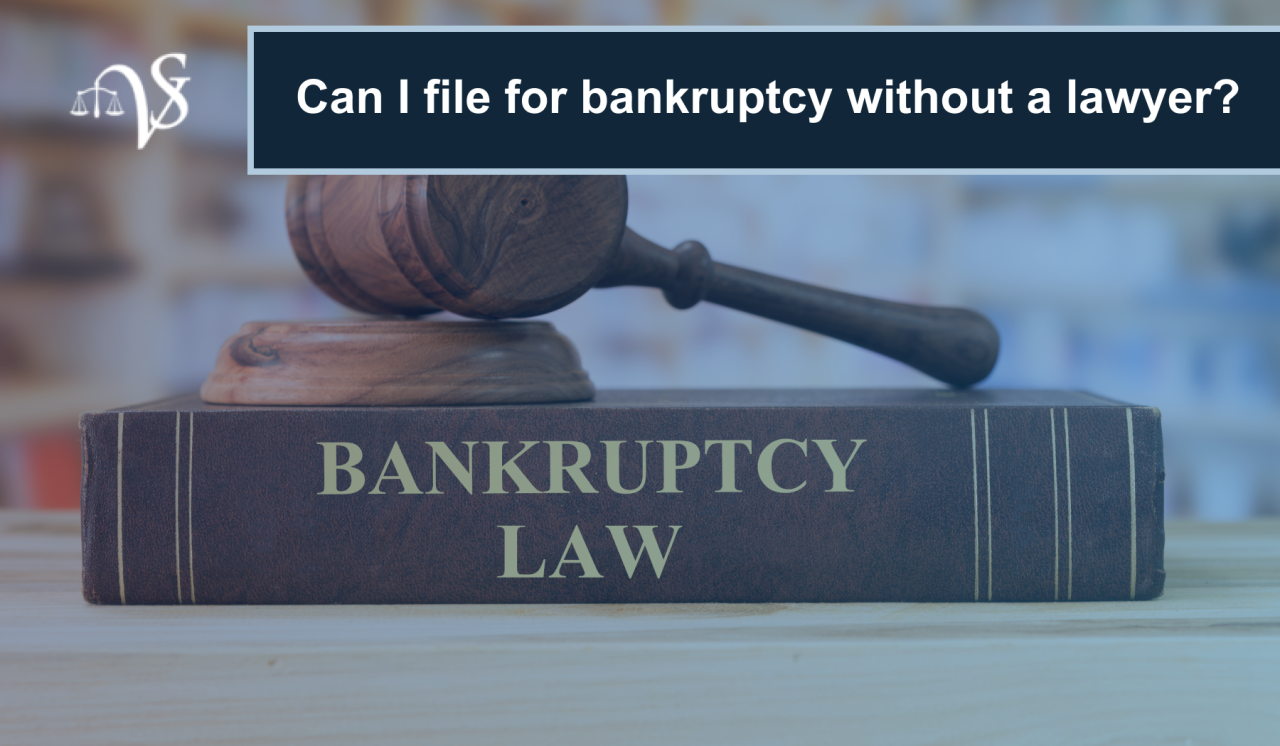
Filing for bankruptcy can be a significant decision with lasting consequences. Before considering this path, it’s crucial to explore alternative options that may provide relief from financial distress.
These alternatives vary in their eligibility criteria, benefits, and potential drawbacks. Seeking professional financial advice can help you assess your specific situation and determine the most suitable course of action.
Debt Consolidation
Debt consolidation involves combining multiple debts into a single, lower-interest loan. This can simplify repayment and potentially reduce overall interest charges. However, it requires a good credit score and may not be available to individuals with excessive debt.
Debt Management Plan
A debt management plan (DMP) is a structured program that involves working with a non-profit credit counseling agency. The agency negotiates with creditors to lower interest rates and extend repayment terms. DMPs can help avoid late fees and damage to credit, but they may not be suitable for individuals with high levels of debt or limited income.
Credit Counseling
Credit counseling services provide personalized guidance on managing debt and improving financial habits. Counselors can help you create a budget, negotiate with creditors, and develop a plan for repaying debt. Credit counseling is typically free or low-cost and can be a valuable resource for individuals facing financial challenges.
Negotiation with Creditors
In some cases, you may be able to negotiate directly with your creditors to reduce your debt or modify repayment terms. This requires strong communication skills and a willingness to compromise. However, creditors may not always be willing to negotiate, especially if you have a history of late payments or defaults.
